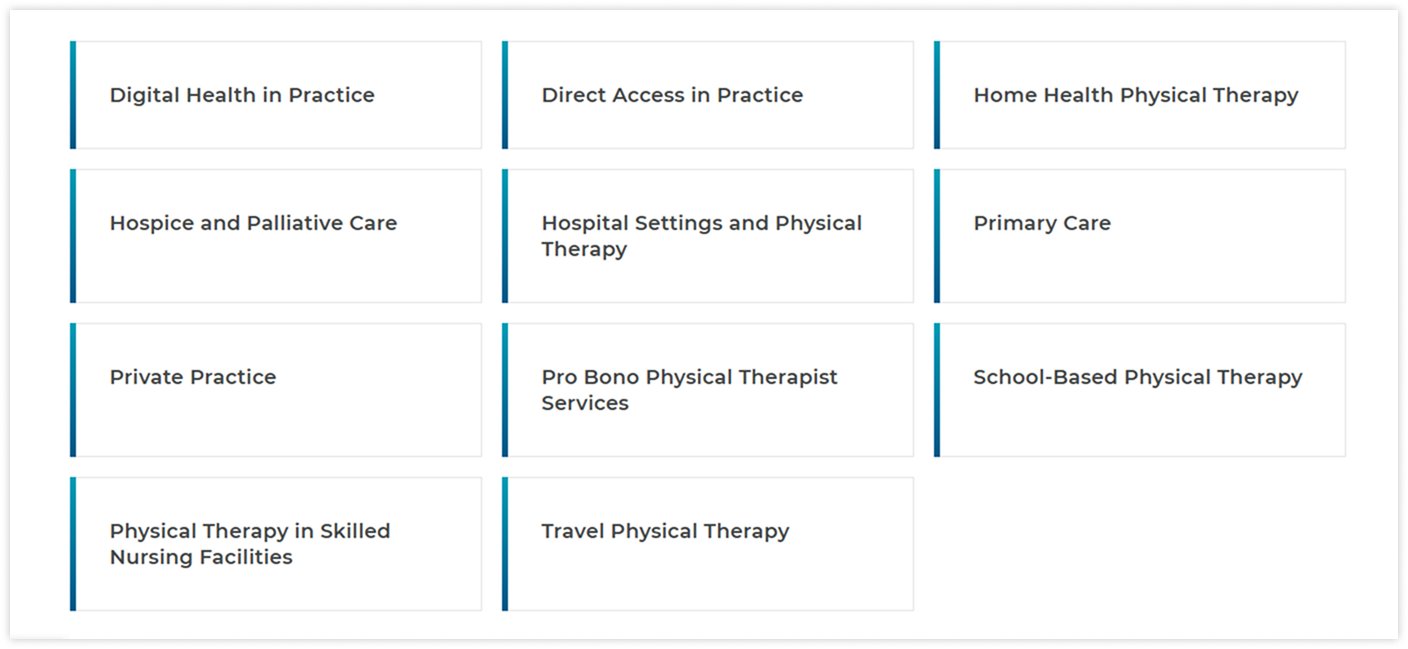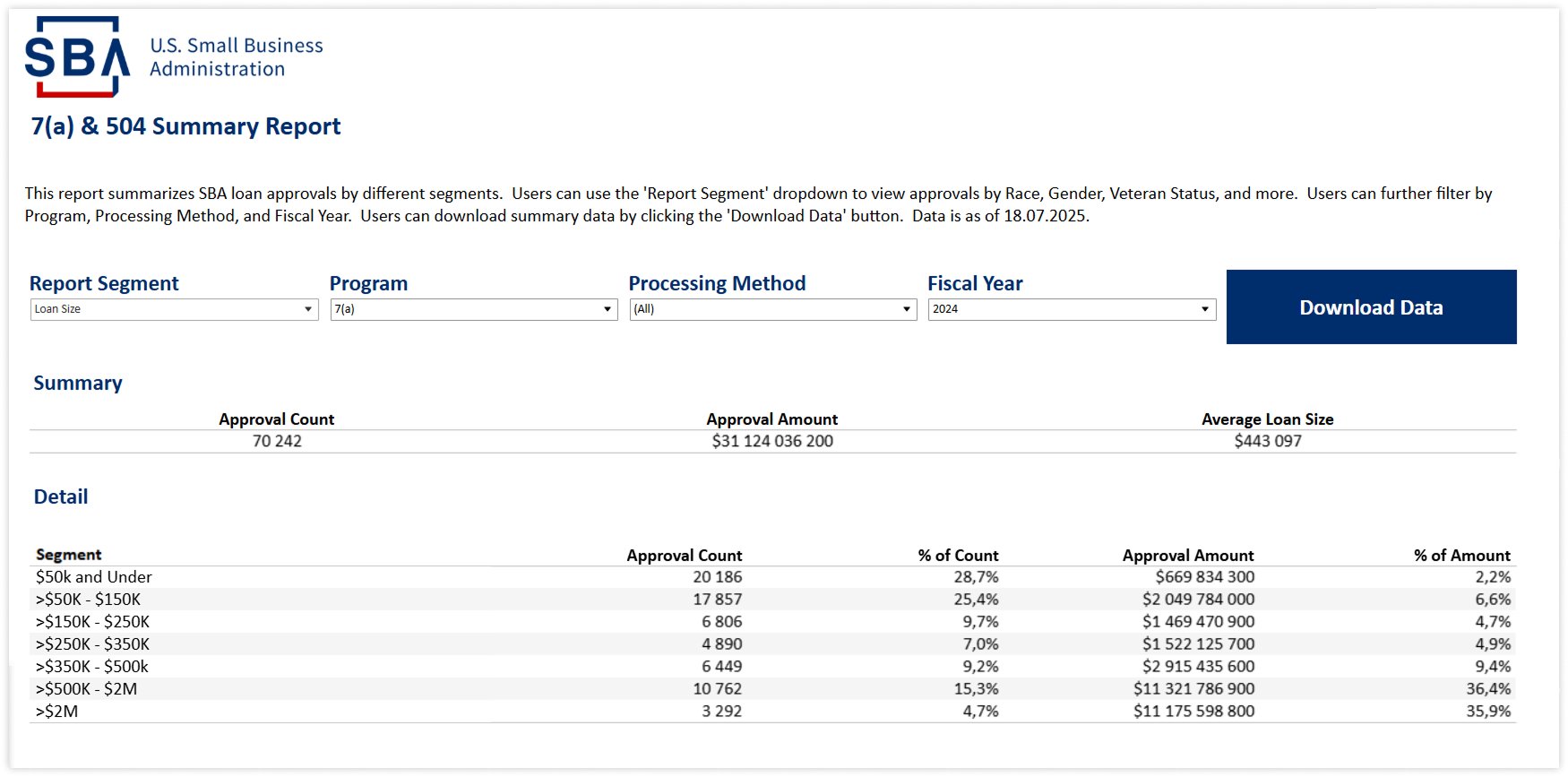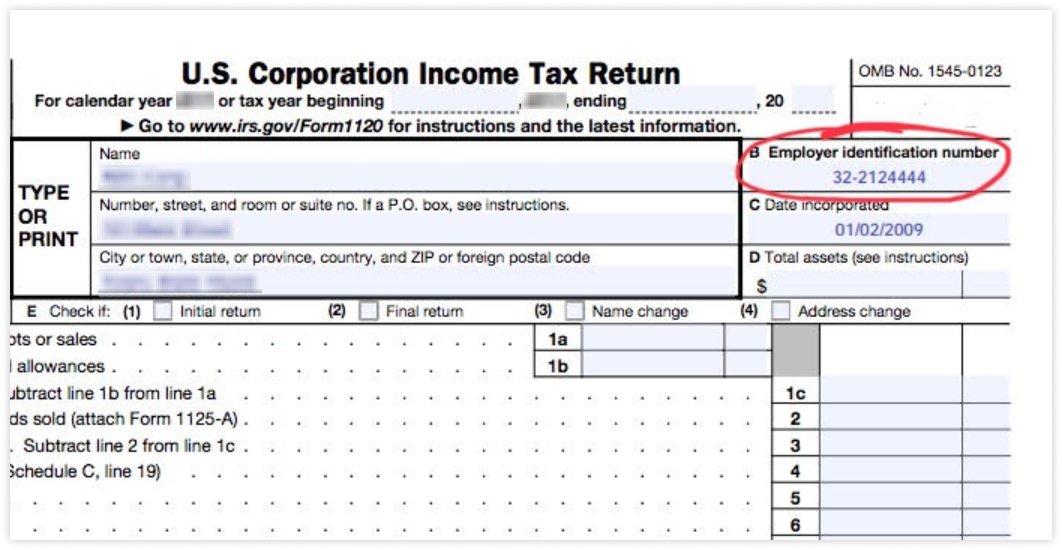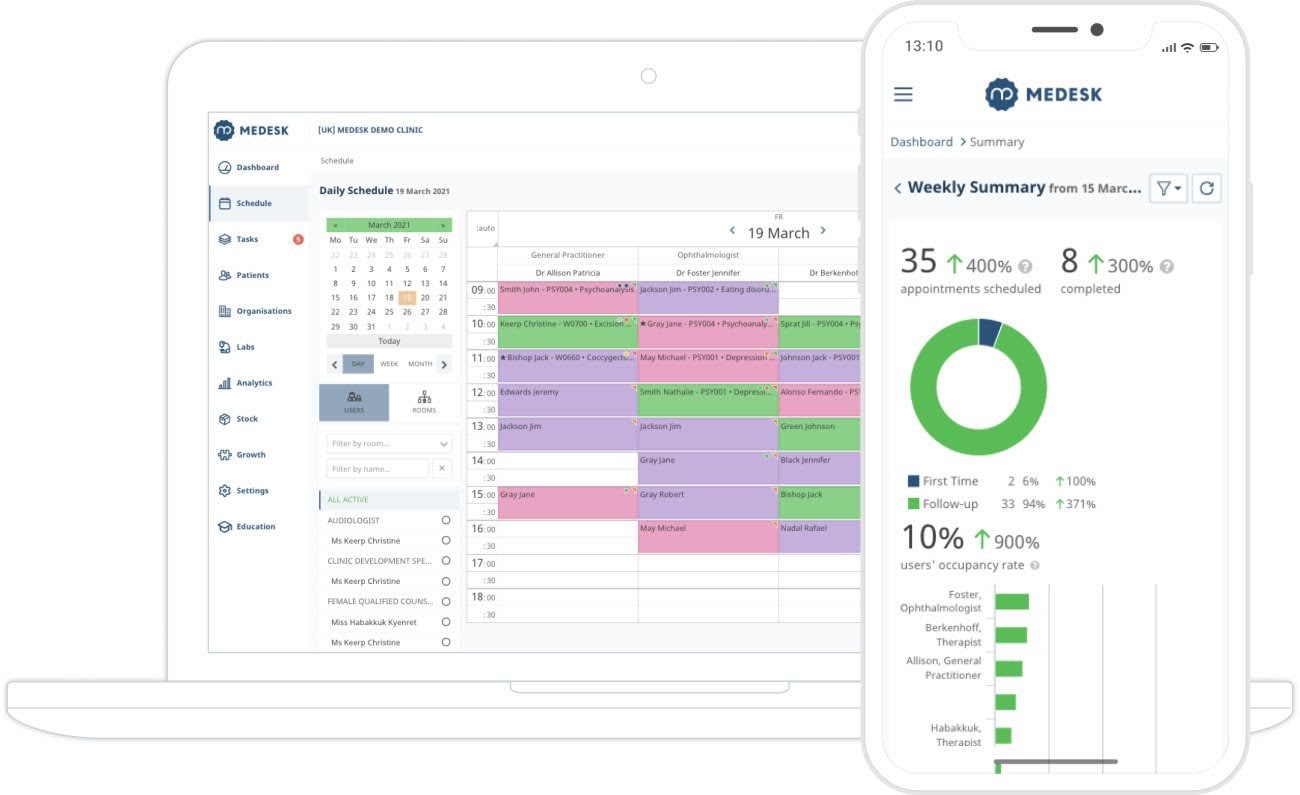You’re an expert in physical therapy. But, being an excellent physical therapist isn’t enough if you dream of opening a physical therapy startup.
Actually, if you don’t have a background in business, starting a physical therapy clinic can seem nearly impossible.
With the right guidance, however, it doesn’t have to be difficult!
If you want to turn your dream of starting a physical therapy clinic into reality, just follow our in-depth step-by-step guide to opening a pt practice.
Ready to begin your own physical therapy clinic with the Medesk software?
Let’s dive in!
Learn how to simplify your practice workflow and free up more time for patients with Medesk.
Open the detailed description >>10 Easy Steps to Start a Physical Therapy Clinic
Here are the exact steps you need to follow to successfully start a pt clinic.
| Step | Title | Description |
|---|---|---|
| 1 | Create a Business Plan | Define your clinic’s goals, services, and strategy through detailed planning. |
| 2 | Finance Your Clinic | Explore funding options like loans, investors, or personal capital. |
| 3 | Know the Law | Choose a legal structure and comply with all local and federal regulations. |
| 4 | Launch Your Clinic | Register your business, get licenses, and secure your location and team. |
| 5 | Design the Space | Create a welcoming, functional clinic environment for patients and staff. |
| 6 | Buy Equipment | Purchase or lease essential therapy and office equipment, prioritizing needs. |
| 7 | Develop a Marketing Strategy | Attract patients through targeted online/offline marketing campaigns. |
| 8 | Build Your Brand Identity | Create a memorable name, logo, and consistent visual presence. |
| 9 | Establish an Online Presence | Launch a website, social media accounts, and list your clinic in directories. |
| 10 | Run the Clinic Successfully | Use practice management software and smart hiring to streamline operations. |
#1. Create a Business Plan
Opening your own practice is no different than starting any business: you first need to have a solid business plan in place.
The goal of a business plan is to define your physical therapy clinic’s direction, vision, and goals after analyzing and evaluating the market.
Research the Current Market Situation
To research the current market situation, you don’t have to look far—typically, patients visit physical therapists close to them. This means that you should focus your research around your location.
Here are a few ways how you can effectively do the market research in your area:
- Internet. Browsing the Internet is the easiest way to do your research, so consider researching your competitors, creating surveys for your potential clients, etc.
- Interviews. Organizing individual interviews or focus groups with the people living in the area will allow you to conduct your research and give you a close-up of your potential clients.
- Purchasing data. If your budget allows, consider buying relevant data that can include client lists, studies, credit reports, and other information that can help you with your research.
Once you choose your research method (or a few of them), here’s exactly what you need to focus on before opening a physical therapy clinic:
- Your target market. You should find out and define who your potential patients are, what type of physical therapy services they need, what would attract them to your clinic, and where they currently seek help.
- Your competition. Next, you should analyze and define how many competitors you have, who they are, what their business strategy is and how successful it is, and other relevant factors.
Medesk helps automate scheduling and record-keeping, allowing you to recreate an individual approach to each patient, providing them with maximum attention.
Learn more >>Define Your Physical Therapy Niche
Orthopedics, neurology, women’s health—those are just a few of the many niches you could choose for your physical therapy clinic. The American Physical Therapy Association (APTA) offers an extensive list of practice models and settings you can choose from:

It’s safe to say that if you choose any of these niches, you’re already setting yourself up for success, so just choose an underserviced physical therapy niche that interests you the most.
Once you define your business structure, you can start scouting your area for reputable physical therapists who specialize in that specific niche and begin building your team. When budgeting for your clinic, allocate funds for high-quality medical protective clothing for your staff.
#2. Finance Your Physical Therapy Clinic
Starting a physical therapy clinic is expensive. In fact, opening a standard physical therapy clinic costs just shy of $400,000 (at the very least). As such, sorting out the financial situation to help you avoid financial struggles is a crucial part of opening a physical therapy clinic.
For many new business owners, however, this task can be overwhelming—after all, most physical therapists don’t have a background in finance.
So, instead of trying to manage your finances all at once, first determine the business model you’re going to use in your physical therapy clinic and then work on securing your financing.
Determine Your Physical Therapy Business Model
These are the two main business models that physical therapy clinics use:
- Insurance-based. This model (also called in-network) works by entering your physical therapy clinic into contracts with insurance companies.
- Cash-based. Also called the out-of-network model, this billing model allows you to collect cash, checks, debit, and credit card payments directly from your patients.
Alternatively, you could also opt for a hybrid of these two models.
Now, most physical therapy clinics take the easy (but more expensive) option and use the traditional insurance-based model, which helps to attract patients more easily. This is because insurance is expensive; thus, many people prefer their healthcare to be covered by insurance so that their money doesn’t go to waste.
If your healthcare practice relies on insurance—either fully or in part—it’s essential to go through the credentialing process with insurance companies. Credentialing involves gaining approval to join an insurer’s network of preferred healthcare providers.
Although credentialing can seem complex, here are a few foundational steps to get you started:
- Apply for a tax ID number (TIN) for your business.
- Secure professional liability or malpractice insurance.
- Register for a National Provider Identifier (NPI).
- Make sure you’re licensed to practice in your state.
- Set up a physical location for your practice.
If you want to work independently and have more autonomy as a practice owner, you can consider choosing the cash-based business model for your clinic.
Here’s how the cash-based model compares to the insurance coverage model:
- Immediate payment. You’ll receive the payment the moment the patient pays for your physical therapy services.
- Lower staff requirements. You won’t need to hire anyone to deal with your billing and monthly reporting needs.
- Higher profit margins. This will allow you to reinvest more money into your physical therapy practice.
- Higher level of personal care. The insurance-based model limits your patient visit duration. Using the cash-based model, however, you won’t be restricted to spending just 30-60 minutes on a single patient, so you’ll be able to spend as much one-on-one time with your patients as they need.
- Increased marketing expenses. Using the cash-based model, you’ll have to invest more into marketing your physical therapy clinic to potential patients.
Secure Your Financing
Chances are, like many clinicians, you don’t have half a million dollars lying around to spare. In such a case, you can always lean on your family and friends to help you out with opening a physical therapy clinic.
Alternatively, you can look for a private investor to fund your business or even take a bank loan. For those with less-than-perfect credit, exploring options like loans for bad credit or short-term loans can provide more accessible financing solutions.
If you choose to go through with taking a bank loan, these are some of your options:

In 2024, the SBA approved over 70,000 loans, totalling $31.1 billion, with an average loan size of $443,000. The SBA's focus on smaller loans, particularly under $150,000, has seen significant growth, doubling since 2020.
For those looking to navigate the complexities of business financing effectively and meet all necessary criteria, understanding the SBA loan qualification guidelines can provide an alternative pathway to securing funding.
If you do choose to take a loan from the bank, keep in mind that it’s a lengthy process, as you will likely need to revise your business plan as well as provide any other required paperwork to the bank.
To simplify and speed up this process, banks usually use automated loan origination system that can handle application processing, verification, and approvals more efficiently, reducing the time and effort required from both the bank and the borrower.
#3. Know the Law
You want your practice to operate legally, so make sure to research the laws and regulations on starting a physical therapy clinic. These laws differ from state to state and country to country, so you only need to understand the laws that apply to your service area.
For example, if you’re opening a physical therapy clinic in California, learn all the ins and outs of the California Business and Professions Code, the Physical Therapy Practice Act, and other related regulations.
Choose the Right Legal Structure for Your Clinic
One of the most important legal decisions you'll make when opening a physical therapy clinic is selecting your business structure. The structure you choose will affect your taxes, liability, and how you manage day-to-day operations. Here are the most common options:
- Sole Proprietorship. It is the simplest form of business ownership. It's easy to set up and doesn’t require formal registration (besides local permits or licenses). However, the owner is personally liable for all debts and legal actions taken against the business. This option is best suited for solo practitioners starting small and with low risk.
- Limited Liability Company (LLC). An LLC offers a good balance of simplicity, flexibility, and protection. It shields your personal assets from business liabilities, which is particularly important in healthcare, where legal risk is higher. LLCs also offer tax flexibility—you can choose to be taxed as a sole proprietor, partnership, or corporation.
- Partnership. If you’re starting the clinic with one or more co-owners, you might consider forming a general or limited partnership. While easier to form than corporations, partnerships do not offer liability protection unless you register as a Limited Liability Partnership (LLP), which varies by state.
- Corporation (C Corp or S Corp). Corporations are the most complex and regulated type of business entity. They offer strong liability protection and can attract investors more easily. However, they come with more paperwork and higher administrative costs. Some clinic owners may choose to file as an S Corporation to benefit from pass-through taxation while still enjoying corporate protections.
Many small- to medium-sized physical therapy practices start as LLCs due to the combination of limited liability, tax benefits, and manageable setup requirements.
When choosing a structure, consider your long-term business goals, risk tolerance, and whether you'll have partners, investors, or staff. You’ll also need to register your chosen entity with your state and apply for an Employer Identification Number (EIN) from the IRS:

And if you can afford a consultation with a lawyer specializing in private practices or small businesses, it’s generally advised to do so. After all, legal consultation will cost you far less than a run-in with the law.
When operating a physical therapy clinic, it’s also critical to ensure all intellectual properties, including logos and brand names, are properly registered. Proper trademarking provides legal protection, especially if you’re considering extending your services across borders. Understanding the cost of trademark can be crucial for planning your expansion effectively.
Medesk helps automate scheduling and record-keeping, allowing you to recreate an individual approach to each patient, providing them with maximum attention.
Learn more >>#4. Launch Your Physical Therapy Clinic
By now, you should have your business plan, finances, and legal matters sorted.
So, it’s time to set up your physical therapy clinic, which involves organizing your paperwork, picking the right space for your clinic, and hiring staff.
Organize the Documentation
Starting a physical therapy clinic involves a whole heap of paperwork. As such, your best option is to hire a lawyer or a company that specializes in setting up medical clinics or businesses to fill in the paperwork for you.
Here’s some of the administrative work you need to get sorted out to open a physical therapy clinic:
- Register a business name
- Obtain necessary licenses
- Apply for a tax number
- Ensure your physical therapy clinic is visible to patients.
Pick a Space for Your Physical Therapy Clinic
Without a doubt, you want to choose the best possible space for opening a physical therapy clinic. So, here’s what you should consider to make sure you pick the right space for your clinic:
- Rent price. Once you’ve secured your financing, you should have a clear understanding of how much of your funds you can use for renting out the space for your physical therapy clinic. So, to narrow down your options, look for rentals in your price range or hire a real estate agent.
In the US in 2025, the cost to rent clinic space varies significantly by location, building age, and market conditions, but generally ranges from $22 to $35+ per square foot annually.
- Size. You generally want to rent a place that has enough space for your needs as well as room to grow.
- Parking. Consider whether there’s parking on the property (or nearby) and whether there are enough parking places. In case the parking is paid, find out if you could negotiate free parking for your patients.
- Accessibility. Make sure to rent a place for your physical therapy clinic that is easily accessible by public transport and by patients with physical needs (e.g., someone in a wheelchair).
- Rental agreement. Carefully read the lease and pay special attention to the rental period and termination conditions of the rental agreement.
Before signing the rental agreement, don’t forget to negotiate the price, rental period, and any other relevant details.
Hire Staff
Unless you start a physical therapy clinic as a solo practitioner, you want to hire staff to work in your clinic.
The good news is, if you followed our guide step-by-step, you should already have some great candidates after defining your niche, so it’s time to recruit the very best of them! Leveraging an applicant tracking system can help automate this process.
Here are the staff needs of a successful clinic owner:
- Physical therapists. You want your team to consist of the top physical therapists in your area. If you don’t have enough options by now, ask your old colleagues and college classmates to join your clinic or recommend other specialists. Alternatively, scout for talent on websites such as LinkedIn.
- Administrative staff. Hire administrative staff, such as receptionists and medical assistants, to help you manage the workload so that you can focus on patient care. Make sure that your receptionists are both efficient and welcoming, as they can make or break the atmosphere in your clinic.
#5. Design Your Physical Therapy Clinic
So, you’ve rented the perfect space for your physical therapy clinic, but that’s not where it ends—now you need to design it.
Here are some tips on designing your physical therapy clinic:
- Hire a professional. To make sure your clinic looks fresh and inviting, your best option is to work with an interior designer who can make your vision come to life.
- Get inspiration. If you can’t afford to work with a professional, try looking for inspiration online (e.g. Pinterest). Alternatively, you can visit other clinics to borrow ideas on how to (and how not to) design your physical therapy clinic.

- Adjust the lighting. To create a welcoming atmosphere, avoid harsh, fluorescent lighting. Instead, try to get as much natural light as possible into your clinic or use soft, warm-toned lightbulbs.
- Decorate your space. Add a personal touch to your physical therapy clinic with plants, paintings, and other decorations.
- Make the most out of your waiting room. First impressions matter, so make sure your waiting room is neat and comfortable. If your space allows it, add entertainment and work areas to increase patient satisfaction.
#6. Buy the Necessary Equipment
Equipping your practice is a vital part of starting a physical therapy clinic. At the very minimum, you need treadmills, elliptical trainers, and exercise bikes.
Buying all of the equipment you need all at once, though, can hurt your wallet.
Here’s what you can do instead:
- Prioritize your purchases. Make a list of the essential equipment for your physical therapy practice and a list of equipment that can be bought once your clinic takes off.
- Buy used equipment. By buying secondhand equipment, you can save considerable amounts of money. Check marketplaces like eBay or Amazon for the best deals:

- Buy wholesale. To save a buck, order your equipment from wholesale stores in bulk.
#7. Develop Your Marketing Strategy
Even with a great business plan, top practitioners, and a well-designed space, your physical therapy clinic might be empty.
It’s not enough to spread the word to your friends and colleagues—starting a physical therapy practice requires you to have a solid marketing plan that will attract patients with referral sources to your clinic (and maintain your clientele).
Do it right, and patients will be flocking to your physical therapy clinic as soon as you open the door.
If you want to develop a well-rounded marketing strategy, consider these elements:
- Marketing objective. First of all, you need to define the objective of your marketing strategy and make sure it matches your business goals.
- Target audience. Defining your target audience will allow you to find out which marketing channels will help you reach your desired outcomes.
- Budget. You have to make sure you can cover your marketing costs before your marketing strategy starts bringing you profit.
- Automation. Electronic medical records (EMR) with marketing features saves up to 30% of the budget by reporting to you the best and the worst acquisition channels for your clinic.
![[en] image for homepage](/i/5oRxXxLgDJGxvSLtO9z7ji/53a0751d1b432410d8fd528218d38ae7/-en-_for_homepage.png)
While your business plan is likely to stay the same, your marketing strategy should be constantly evaluated and revised. So, don’t worry if your marketing strategy isn’t immediately effective: it’s all about trial and error.
Discover more about the essential features of Medesk and claim your free access today!
Explore now >>#8. Build Your Brand Identity
Branding is a necessary part of opening a physical therapy clinic. It helps people to recognize your business, which is all the more important when you’re just starting.
55% of brand first impressions are visual.
Not only that: building your brand identity helps you to stand out among your competitors, establishes trust, and increases patient loyalty.
To build a memorable brand, you first need to:
- Pick a color scheme. This will be used throughout your branding, including your logo, social media profiles, website, and staff uniforms. Green, red, and blue are all safe color choices for your physical therapy clinic, especially in muted tones.
Make sure your color scheme, logo and interior design are in harmony.
- Design a logo. For your brand to be easily recognized, you should create a logo that represents your physical therapy clinic. Your logo should appeal to your target audience and make your clinic stand out, so check your competitors’ logos for inspiration. Consider using a logo maker to design a professional-looking logo quickly and easily.
#9. Create a Strong Online Presence
Now that you’ve worked on your branding, it’s time to promote your physical therapy clinic online.
Essentially, building an online presence will allow you to reach your target audience and build rapport with your patients. What is more, a strong online presence can help you to stand out from your competitors, even if you’re just starting a physical therapy clinic!
As such, setting up a website for your practice, creating relevant social media accounts, and entering your physical therapy clinic into directories can help you to successfully start your online promotion.
Make a Website
A professional website can help your physical therapy clinic to:
- Reach your target audience
- Share relevant information with your patients
- Showcase your services
Unless you have prior experience with building websites, however, you should hire a website developer to do the job for you.
While this may lead to additional expenses, an experienced website developer will help you to save a lot of time and effort. Of course, you can (and should) build your website as you go, but even a very basic website needs to be responsive and easy to navigate so that your potential patients have an excellent user experience upon visiting it.
Keep in mind that, more likely than not, visiting your website will be the first interaction your patients will have with your clinic. As such, you shouldn’t skimp out on building a website that leaves a positive first impression and establishes trust.
Here are the basics of a well-designed professional website for your physical therapy clinic:
- Your physical therapy clinic’s logo
- Cohesive color scheme that matches your branding
- Quick loading speed
- Mobile compatibility
- Contact page
- Blog page
Your physical therapy clinic’s website should also be optimized for SEO. This will allow you to compete with other local services and promote your services in a cost-effective way.
Take Advantage of Directories
Entering online directories is an easy way to promote your physical therapy clinic. Moreover, directories allow your patients to leave reviews for your physical therapy clinic, which will help you build a solid reputation.
A 2025 survey found that online reviews are key in provider selection, 73.28% consider them, with trust levels at 3 out of 5 (43.67%) and 4 out of 5 (39.48%).
As such, consider entering your physical therapy clinic on these directories to help you attract more patients to your clinic:
- Healthcare directories, such as Vitals and Healthgrades
- Google Business profile
- Yelp
Create Social Media Accounts
According to Ambassador, over 70% of people are more likely to recommend a company to their friends after they have had a positive interaction with the brand on social media.
Well, this means that if you don’t set up active social media accounts, you’re missing out on attracting patients to your physical therapy clinic!
Brands frequently use Facebook and Instagram to promote their services, so that’s the bare minimum you could do.

However, social media is competitive, and that’s why you may want to eventually hire a social media manager to run your accounts as well as any social media advertising campaigns.
#10. Run A Successful Physical Therapy Clinic
The last step of starting a physical therapy clinic is to define how exactly you’re going to run your practice.
Here are the most important elements of running a successful physical therapy clinic:
- Manage your finances. To ensure your finances are under control, consider hiring an accountant who is experienced with healthcare clinics, ideally someone qualified as an ACCA (Association of Chartered Certified Accountants), to manage your everyday expenses, organize your books, make financial projections, and help with any other financial operations.
- Consult your business plan. To make sure you don’t get off track and grow your physical therapy clinic, revisit your business plan. This will help you keep a goal-orientated mindset and to not lose track of your business direction.
- Use practice management software. A practice management software will take a lot of work off your shoulders by helping you to effectively manage your appointments, notes, invoices, and much more. Healthcare office management software can also streamline daily operations, making it easier to focus on providing excellent patient care.
What Kind of Software Should I Use for My Physical Therapy Clinic?
If you want to see a full calendar and have predictable income from month to month, rather than guessing how much your clinic will make, we have a great offer.
Try Medesk!

These Medesk Practice Management Software tools will help you to easily manage your physical therapy clinic:
- EHR. Keep your patients’ medical health records neatly organized in one place.
- Medical Billing. Automate your patient payment process to make it fast and error-free.
- Online Booking. Link this tool to your website and social media accounts so that your patients can easily schedule their physical therapy appointments.
- Medical CRM. Track your doctor-patient interactions consistently and collect feedback to increase your patient satisfaction.
- Reports and Analytics. Keep track of your physical therapy clinic’s performance and produce reports in minutes.
![[en] sales per patient tag](/i/1gLO0nl2k6cIHe0gJBgtgL/b9784107946b71331f2c9cb454a68a89/sales_per_patient_tag__1_.png)
- Telemedicine. Provide your patients with physical therapy consultations online from anywhere in the world.
And even more!
User voice: “What I like most about Medesk is seeing the calendar fill up. I know that if that happens, my income grows as well." Marites Cross, Managing Director, East Anglia Ultrasound Service.
Launching a physical therapy clinic in 2025 involves strategic planning and execution. From crafting a business plan and securing financing to selecting a niche and designing the clinic, each step is crucial for success.
Utilizing tools like Medesk can streamline operations, enhance patient care, and ensure sustainable growth. Emphasizing a unique brand identity and a strong online presence will attract and retain patients effectively.
Start our free trial today, learn from others' mistakes, and save 20% of your marketing money from the very start.
Frequently Asked Questions (FAQ)
#1. What’s the first step to opening a physical therapy clinic?
→ Start by creating a comprehensive business plan. This will help define your clinic’s vision, structure, services, and financial roadmap.
#2. What should I do if I don’t have enough funding to start my clinic?
→ If you’re short on capital, consider reaching out to family, friends, or private investors, or apply for a small business loan from your bank.
#3. Should I hire professionals to help set up my clinic?
→ If your budget allows, it’s wise to bring in experts. Professionals can assist with clinic design, legal paperwork, branding, website development, and other important tasks.
#4. How important is branding for my physical therapy business?
→ Very important. Creating a unique and professional brand identity helps differentiate your clinic and attract more patients, especially through online marketing.
#5. What tools can help me manage my clinic efficiently?
→ Practice management software is essential for scheduling, billing, documentation, and overall clinic operations. It saves time and money and boosts patient retention.


